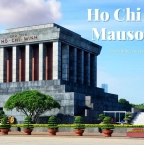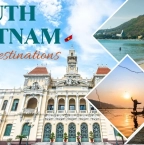Discover Vietnam & Cambodia in 21 days: from bustling cities and ancient temples to scenic landscapes and rich cultural heritage across Indochina.
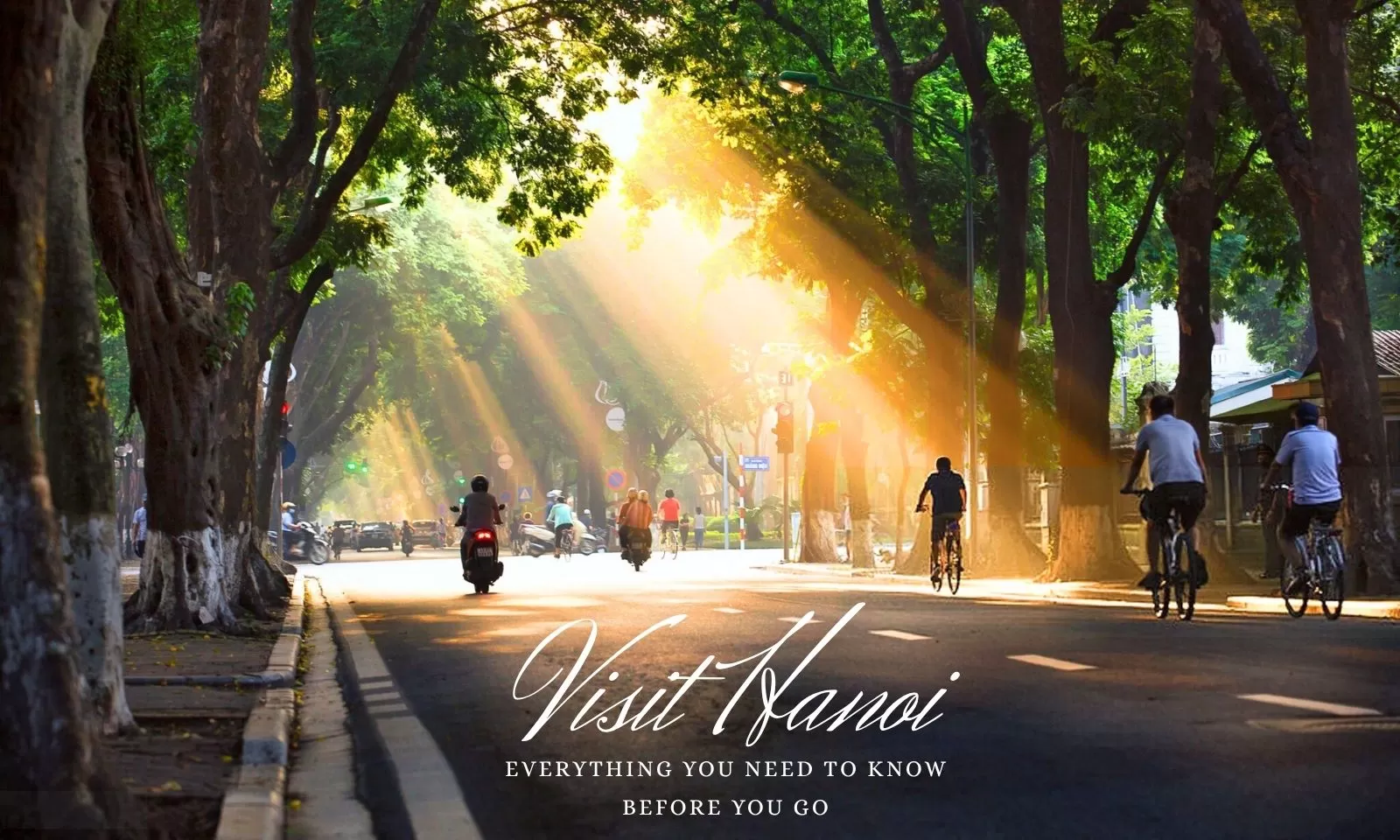
Visit Hanoi: Everything you need to know before you go
Hanoi is the heart of Vietnam - a place where tradition and modern life intertwine. Bustling markets, quiet temples, and the rich scent of street food fill every moment with discovery. This guide will show you what to see, eat, and experience for a truly local trip.

Hanoi, the thousand-year-old capital of Vietnam, captivates travelers with its serene lakes, bustling markets, and a unique rhythm of life found nowhere else. Ancient temples sit quietly beside lively street corners, where the aroma of freshly cooked pho fills the air. The city blends tradition and energy in a way that’s both grounding and inspiring, making it a destination full of unforgettable moments.
To make the most of your journey, this complete guide will walk you through everything you need to know before you visit Hanoi - from must-see sights and local dishes to transportation and cultural etiquette.
For a seamless and personalized travel experience, let Hanoi Voyages help you plan a trip that reveals the soul of this remarkable city.
Table of Contents
- Hanoi weather: What’s the best time to visit?
- Top attractions in Hanoi: Must-visit places in Vietnam’s capital
- Top best things to do in Hanoi you can’t miss
- Hanoi at night: Discover the city after dark
- Hanoi itinerary: How to visit Hanoi in 1, 2, 3, or 4 days
- Hanoi travel costs: What to expect for your trip
- Hanoi travel tips: What you should know before your trip
Hanoi weather: What’s the best time to visit?
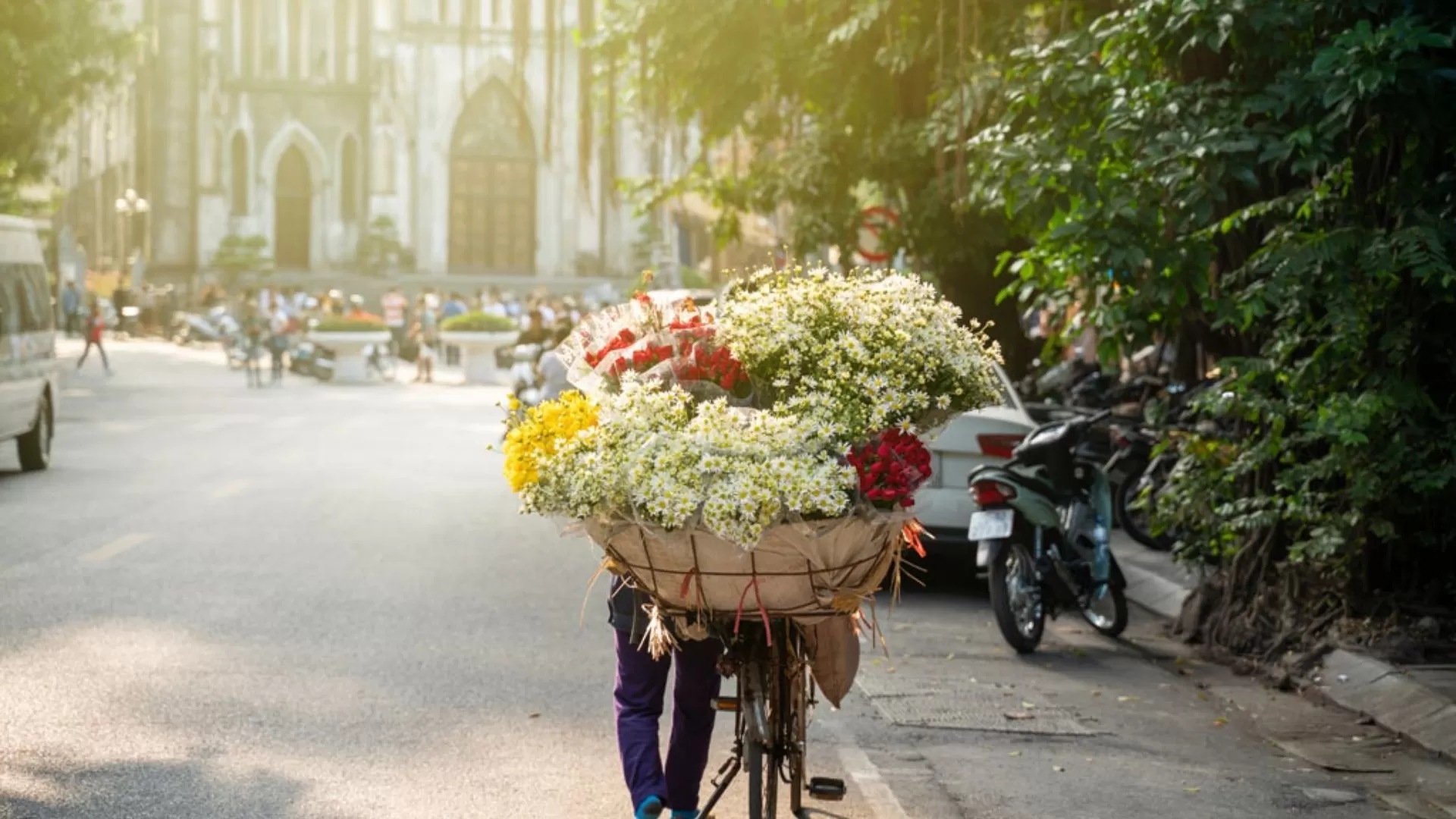 Good news: you can visit Hanoi at any time of the year!
Good news: you can visit Hanoi at any time of the year!
Each season brings its own charm and atmosphere, offering different ways to experience the capital. However, the best time to visit Hanoi is between October and April, when the weather is cooler, drier, and ideal for exploring.
Autumn (October–November) is especially beautiful — tree-lined streets turn golden, the air feels crisp, and walks around Hoan Kiem Lake or through the Old Quarter become even more romantic.
Winter (December–February) is cooler, with temperatures sometimes dipping to 10°C, but it stays mostly dry and perfect for sightseeing and cultural discoveries.
Between May and September, Hanoi enters its hot and humid season. Temperatures can rise to 35°C, and showers are frequent, often intense. Still, if you visit Hanoi during this time, you’ll enjoy lush greenery, vibrant markets, and seasonal tropical fruits. Plus, with fewer tourists around, you’ll get a more authentic, local experience.
Top attractions in Hanoi: Must-visit places in Vietnam’s capital
When you visit Hanoi, exploring the top attractions in this charming city is essential to fully appreciate its unique charm. From bustling markets to historic landmarks and peaceful lakes, here are the must-see places that should be on your itinerary.
Hanoi Old Quarter

At the heart of the city, the Old Quarter is renowned for its vibrant atmosphere and narrow streets lined with shops, street vendors, and cafes. Exploring this area allows you to experience authentic local life, savor delicious street food, and browse for souvenirs. Each street in the Old Quarter historically specialized in different trades, giving the neighborhood its distinctive character.
Hoan Kiem Lake and Ngoc Son Temple
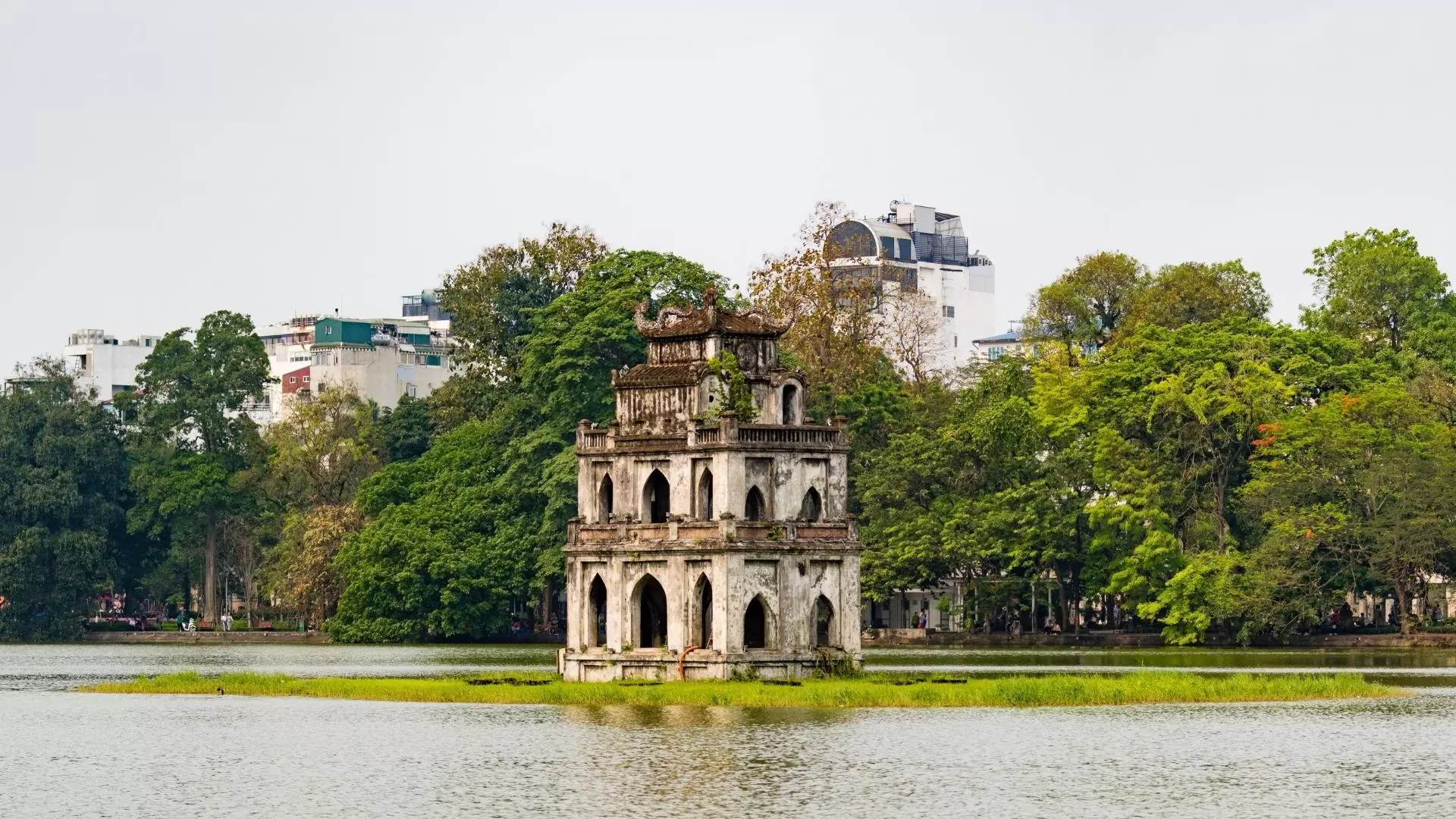 | 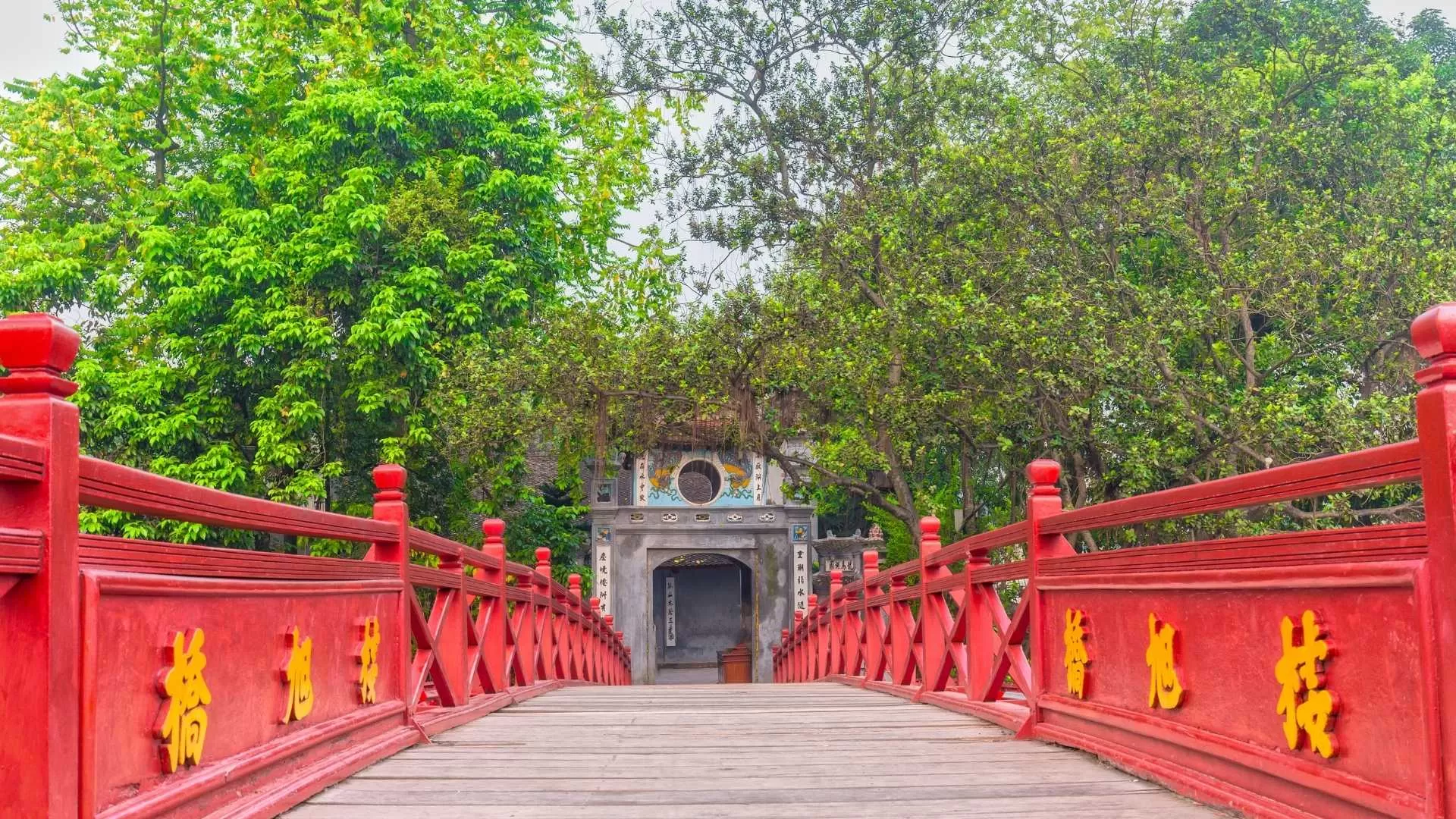 |
| Hoan Kiem Lake | Ngoc Son Temple |
Located in the city center, Hoan Kiem Lake is a tranquil escape amid Hanoi’s busy streets. It’s a favorite spot for locals and tourists alike to relax, exercise, and enjoy the scenic beauty. Don’t miss the iconic red Huc Bridge leading to Ngoc Son Temple, which sits on a small island in the lake and holds cultural and spiritual significance.
Temple of Literature
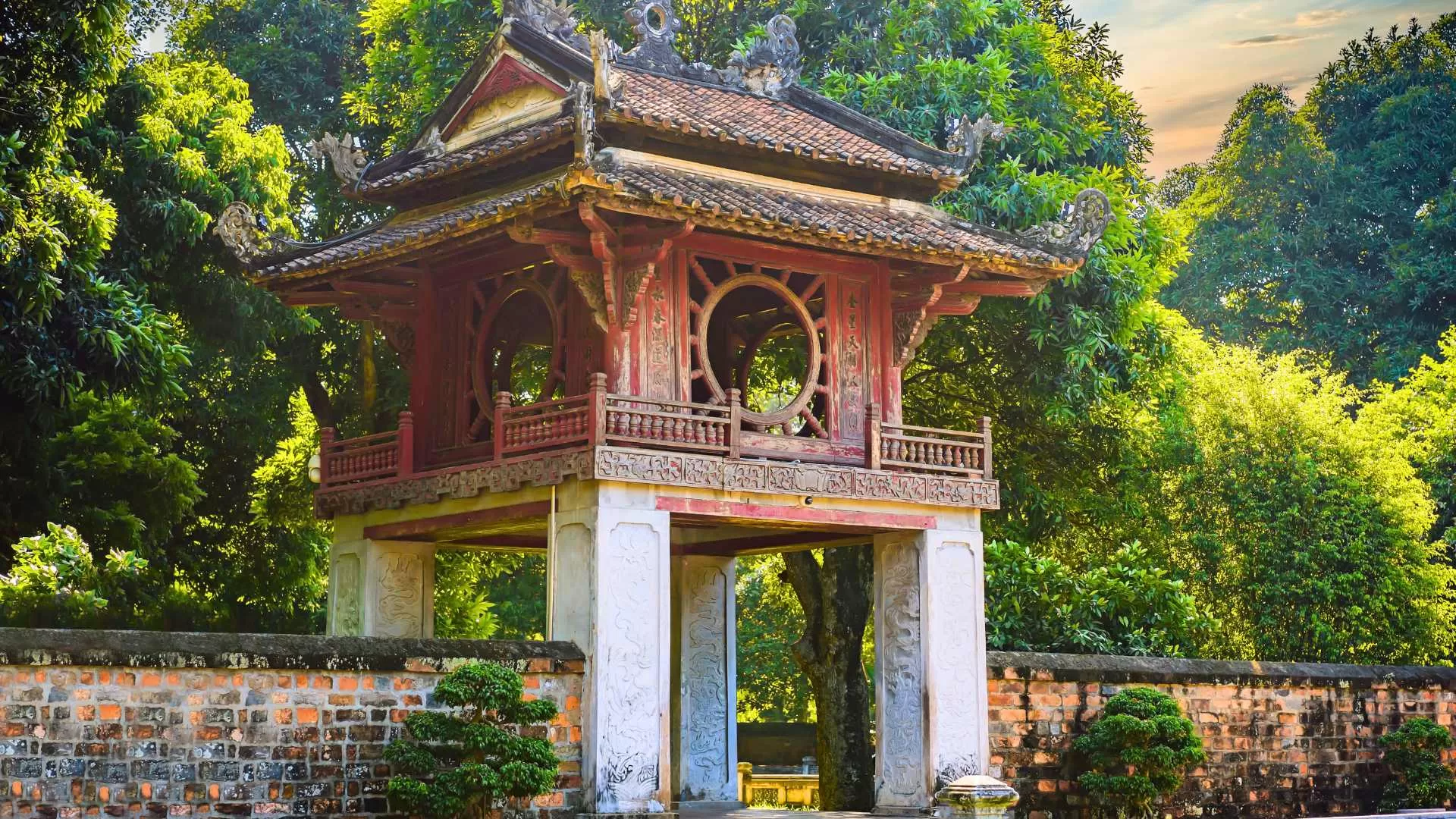
As Vietnam’s first national university, the Temple of Literature is a beautiful example of traditional Vietnamese architecture and Confucian values. Surrounded by peaceful gardens and courtyards, it’s a perfect place to learn about the country’s educational history and enjoy a quiet moment away from the city noise.
Ho Chi Minh Mausoleum

This monumental site honors Vietnam’s beloved revolutionary leader, Ho Chi Minh. Visitors can pay their respects at the mausoleum and explore the surrounding complex, which includes the Presidential Palace, Ho Chi Minh’s Stilt House, and the One Pillar Pagoda. It’s an important cultural and historical landmark reflecting Vietnam’s modern history.
Hoa Lo Prison
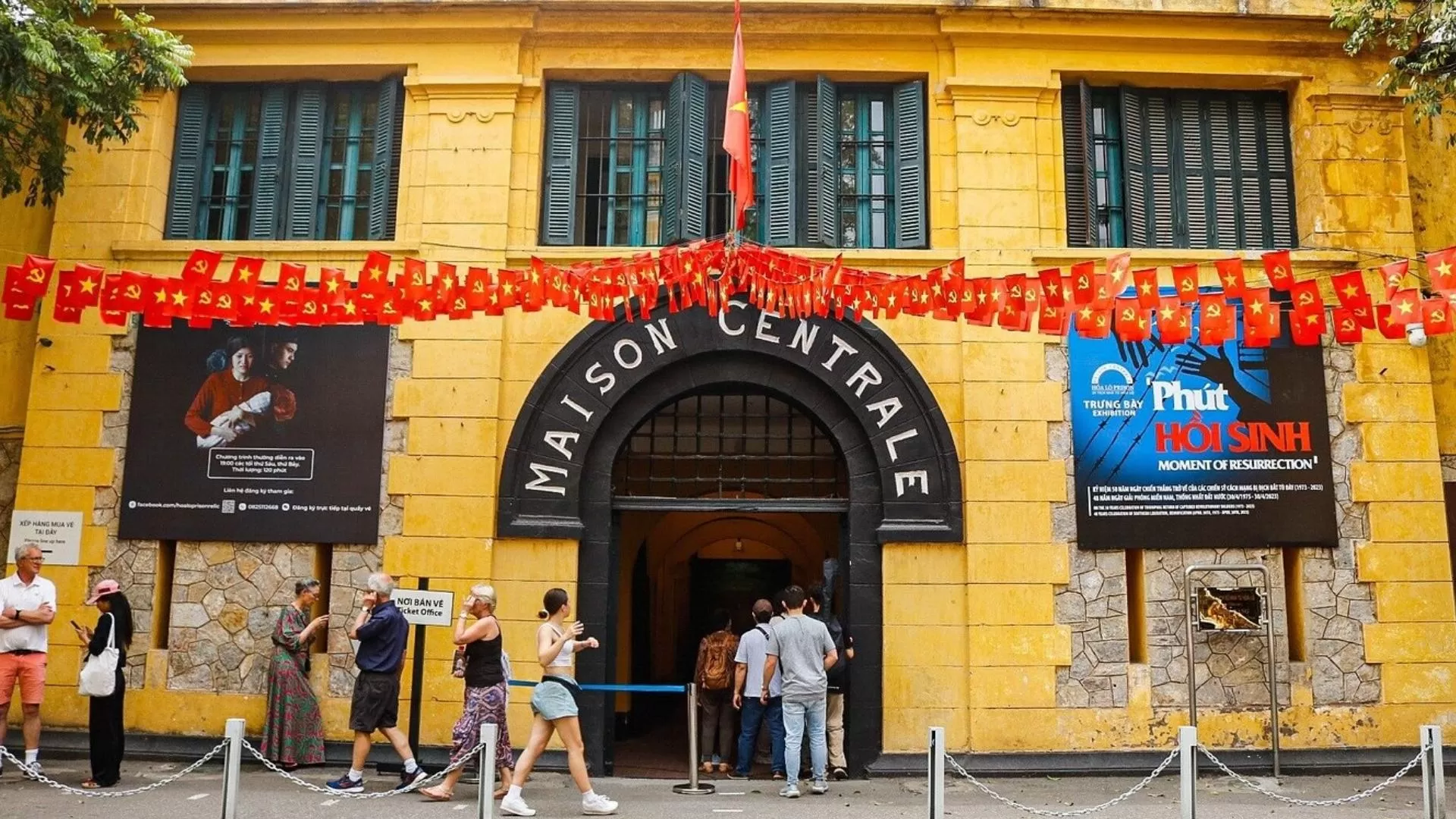 Known to many as the "Hanoi Hilton", Hoa Lo Prison offers a sobering insight into the country’s struggle for independence. The museum preserves the history of the prison, including exhibits on political prisoners and American POWs, making it a significant stop for those wanting to understand Hanoi’s past.
Known to many as the "Hanoi Hilton", Hoa Lo Prison offers a sobering insight into the country’s struggle for independence. The museum preserves the history of the prison, including exhibits on political prisoners and American POWs, making it a significant stop for those wanting to understand Hanoi’s past.
Dong Xuan Market
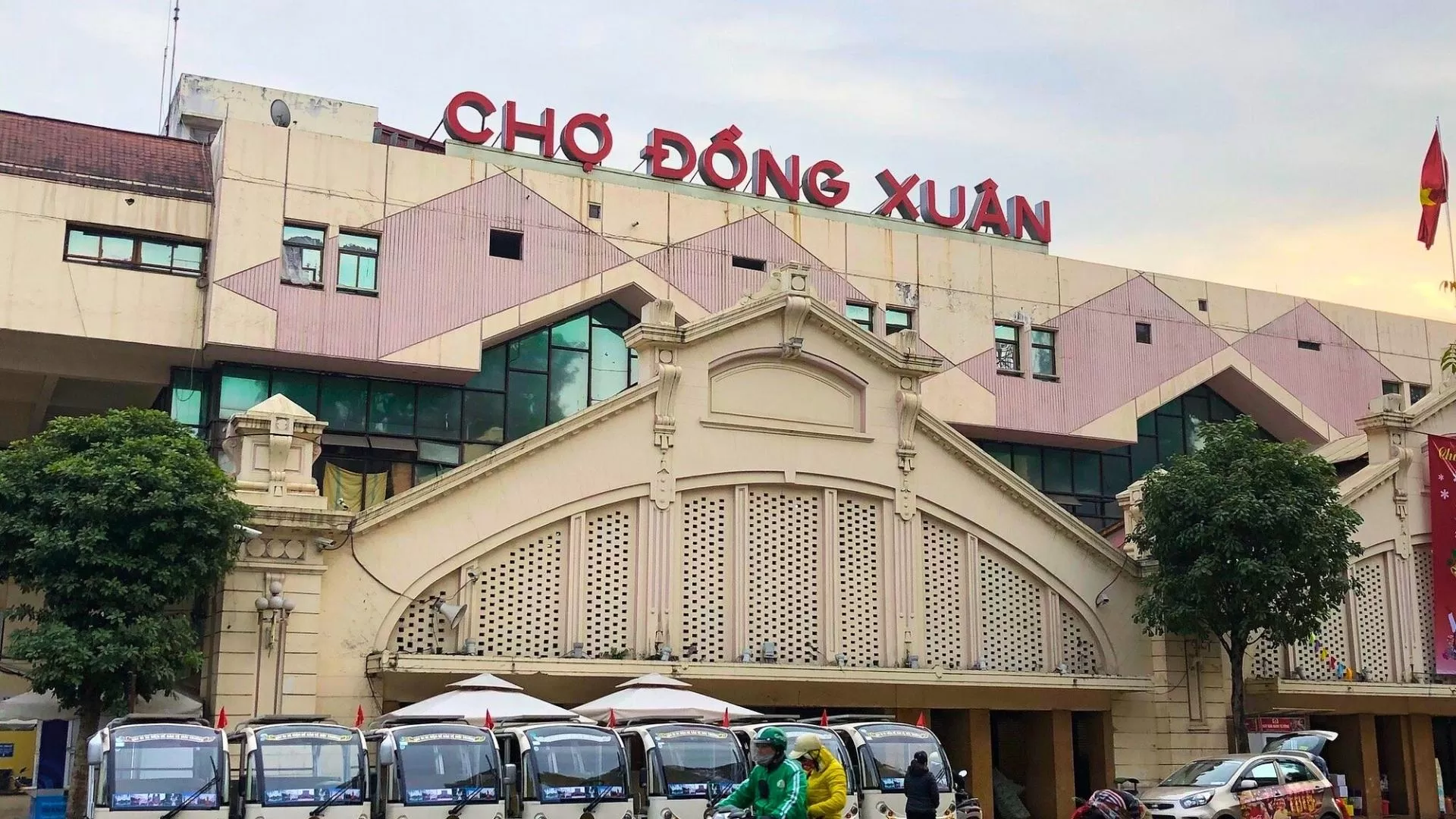
For an authentic shopping experience, head to Dong Xuan Market, Hanoi’s largest indoor market. Here, you can browse a wide range of goods, from fresh produce and textiles to souvenirs and handicrafts. It’s also a great place to try local street food and interact with friendly vendors.
Top best things to do in Hanoi you can’t miss
If you’re planning your trip and wondering about the best things to do in Hanoi, this guide reveals unique experiences that will immerse you in its culture, cuisine, and history.
Savoring the coffee culture
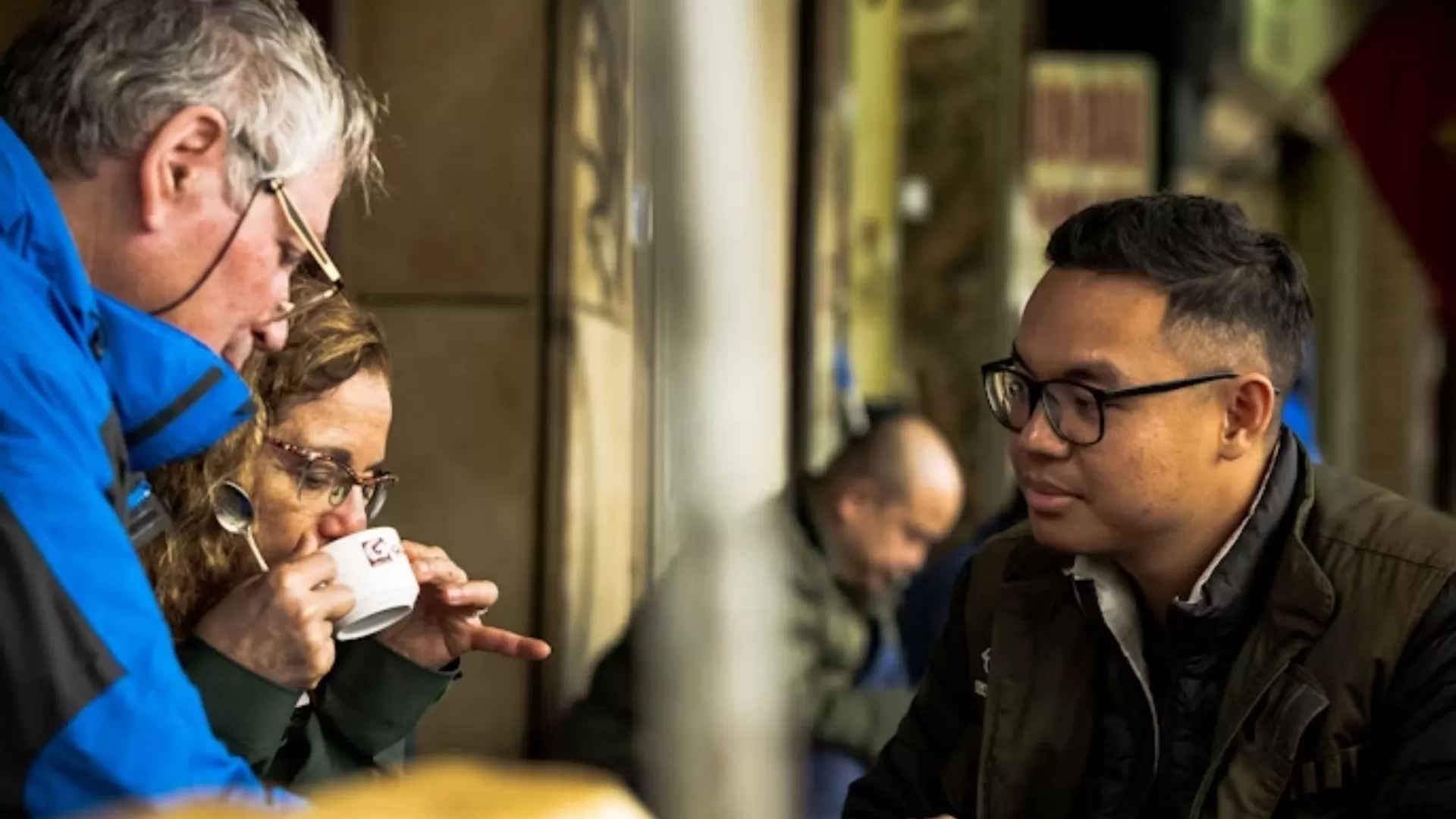
Enjoying coffee in Hanoi is more than just a caffeine fix — it's a daily ritual. In every corner of the city, you'll find small cafés serving up local favorites like ca phe sua da (iced coffee with condensed milk), ca phe trung (egg coffee), or strong ca phe den (black coffee).
Iconic stops like Café Giảng — the birthplace of egg coffee — and cozy spots overlooking Hoan Kiem Lake, such as Đinh Café, provide not just a drink but an atmosphere. To fully embrace this local tradition, sit on a plastic stool at a street-side café and watch Hanoi life unfold around you. This is where stories are shared, friendships are built, and the city’s rhythm is best felt.
Taste the best street food
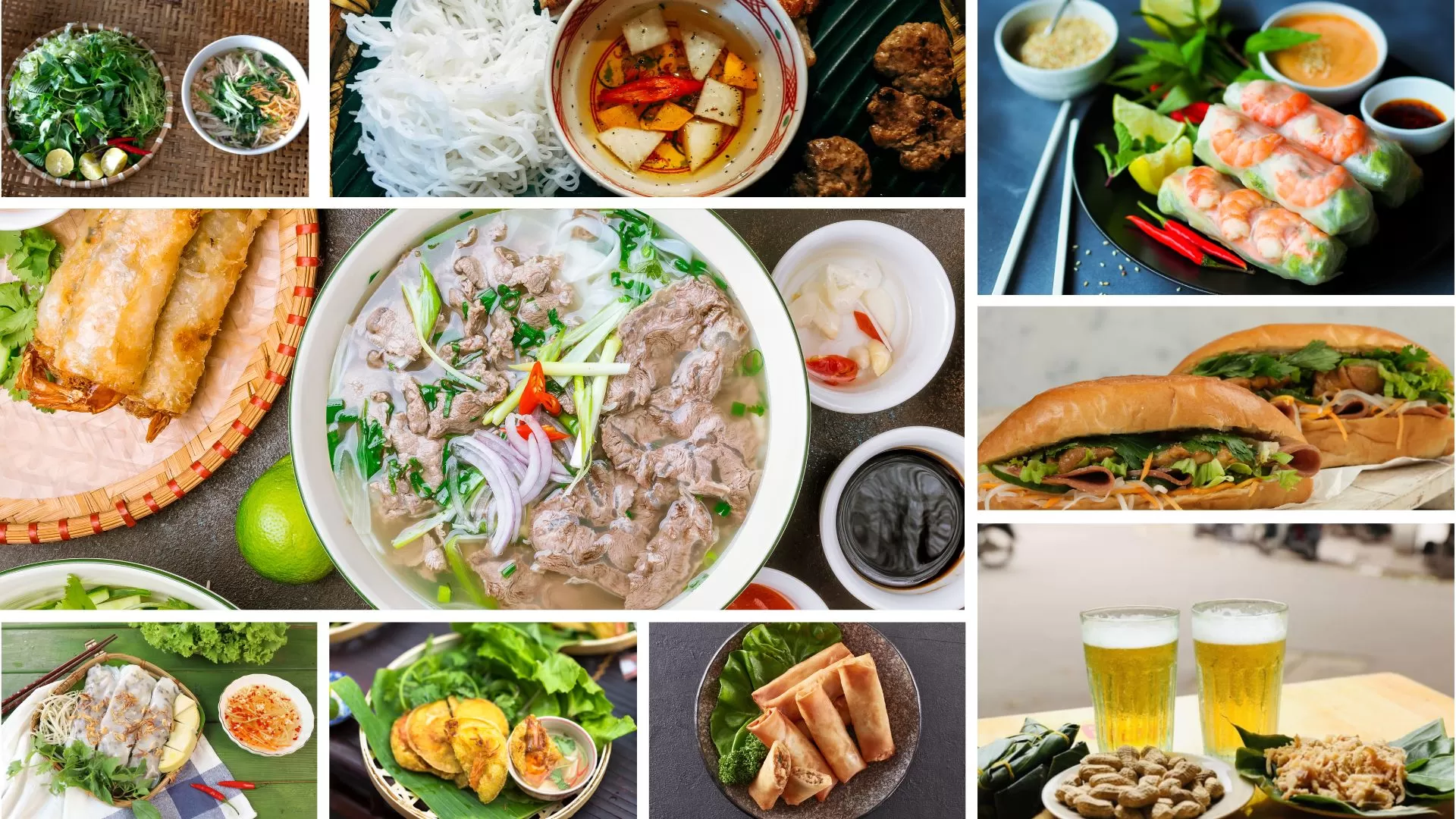 If you're a foodie, street food in Hanoi is reason enough to visit. Every street corner offers something to delight your taste buds. Here are some must-try dishes:
If you're a foodie, street food in Hanoi is reason enough to visit. Every street corner offers something to delight your taste buds. Here are some must-try dishes:
Pho: Start your day like a local with a hot bowl of pho bo (beef) or pho ga (chicken), rich in flavor and topped with herbs, lime, and chili.
Bun cha: A Hanoi classic featuring grilled pork patties and sliced pork belly served in a sweet-savory dipping sauce, alongside rice noodles and herbs.
Bun thang: A delicate soup with shredded chicken, Vietnamese sausage, egg, and fragrant broth — a true balance of flavor and texture.
Banh cuon: Soft rice rolls filled with minced pork and mushrooms, served with Vietnamese ham and a sweet dipping sauce.
Banh tom: Crispy shrimp fritters, best enjoyed by West Lake with a cold drink and a sunset view.
Pho cuon: A lighter take on pho — fresh noodle rolls filled with stir-fried beef and greens.
Bia hoi: As night falls, head to a local bia hoi spot for fresh, light beer on tap. It’s less about the drink and more about the community gathering around it.
To explore more delicious food in Vietnam, you can read: Vietnamese Food: Top 30 Must-try Dishes In Vietnam
Explore Hanoi’s traditional craft villages
One of the lesser-known yet deeply rewarding things to do in Hanoi is visiting its traditional craft villages. Located on the city’s outskirts, these villages preserve centuries-old techniques passed down through generations:
| Top 9 traditional craft villages in Hanoi |
|
Hanoi at night: Discover the city after dark
When the sun goes down, visit Hanoi to witness a different side of the city—one that is softer, calmer, but still full of life. As daylight fades, the vibrant capital transforms, revealing a unique charm that invites visitors to explore its cultural richness, street energy, and tranquil corners. Here are some of the best ways to experience Hanoi after dark.
Stroll through the Old Quarter’s nightlife
As evening falls, Hanoi’s Old Quarter lights up with activity. The narrow streets become lively with locals and travelers, street food stalls start sizzling, and the air is filled with tempting aromas. Walking through this historic maze at night offers a glimpse into authentic Hanoi life—full of color, flavor, and tradition.
Enjoy local brews at Bia Hoi corners
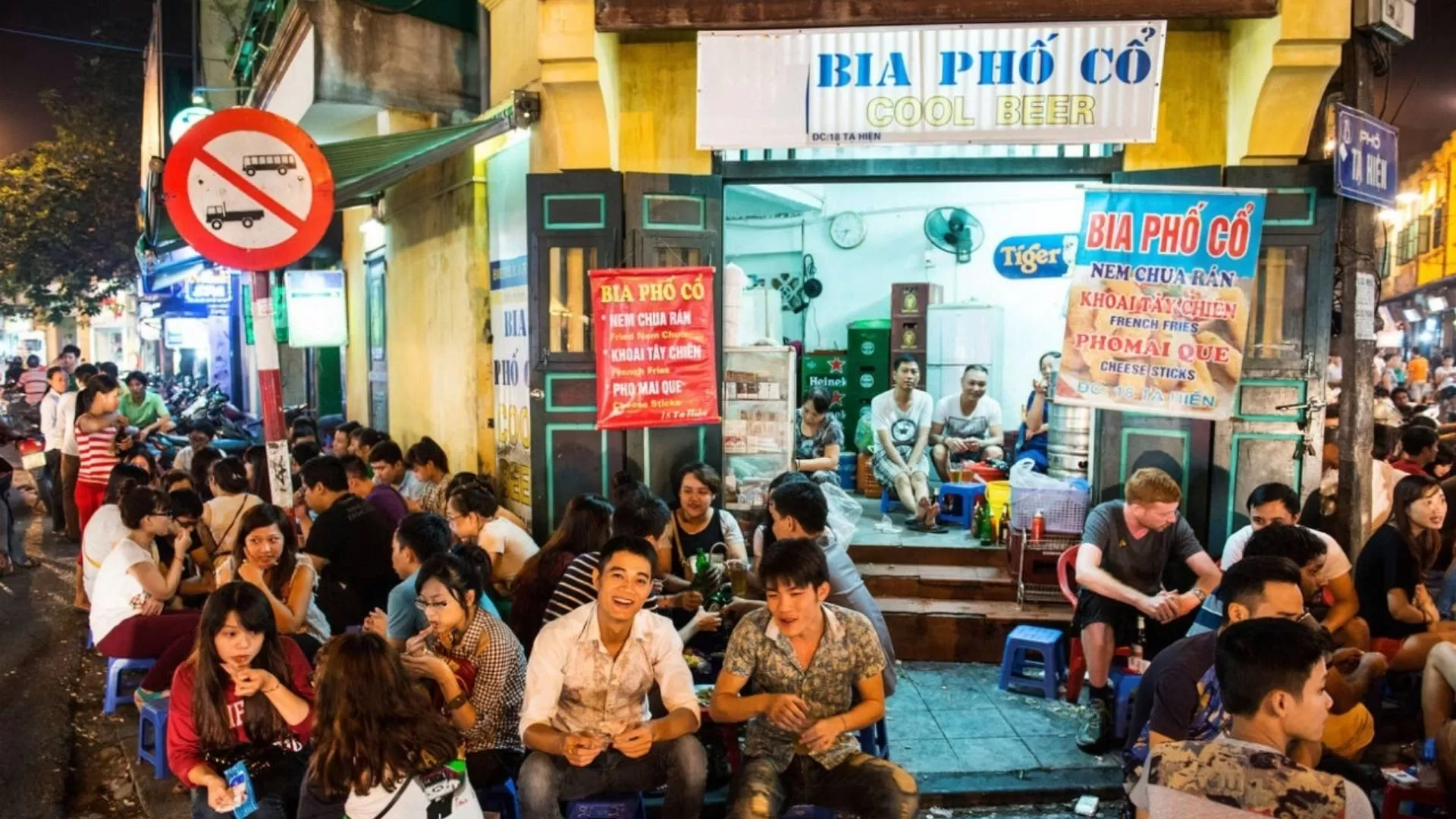
Visit Hanoi and don’t miss the chance to enjoy bia hoi, the city’s iconic fresh beer. These open-air spots are social hubs where locals gather to chat, laugh, and unwind. It’s a budget-friendly and fun way to connect with the people and soak up Hanoi’s laid-back evening vibe.
Take a walk around Hoan Kiem Lake
In the evening, Hoan Kiem Lake becomes a serene retreat in the heart of the city. Locals gather to walk, dance, meditate, or simply relax by the glowing water. The surrounding lights reflect beautifully on the lake’s surface, making it a perfect spot for a quiet nighttime stroll.
Watch a traditional water Puppet Show
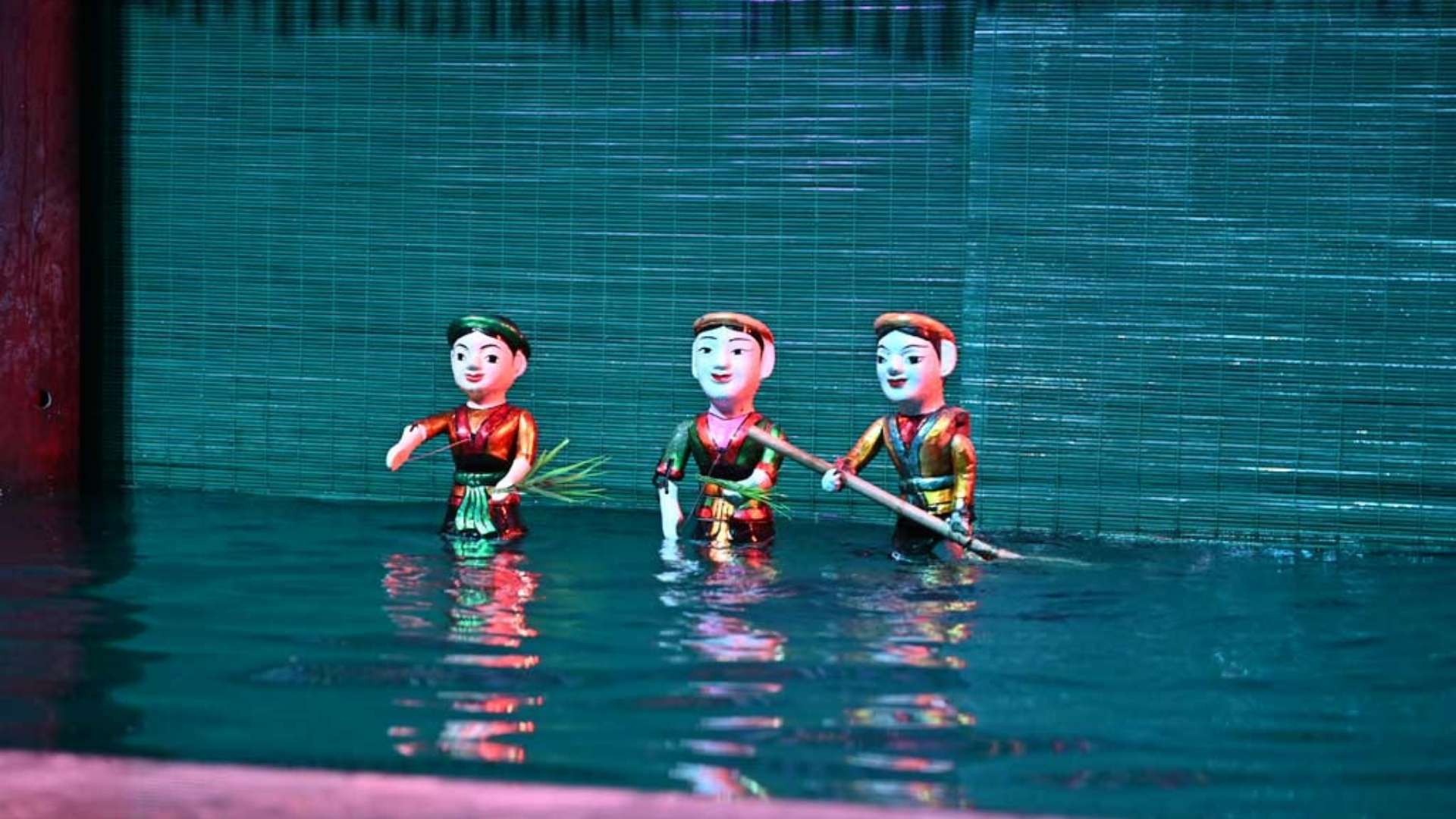
For a cultural experience, head to the famous Thang Long Water Puppet Theatre. The performances depict Vietnamese legends and scenes of rural life through puppets dancing on water, accompanied by live traditional music. It’s a must-do activity when you visit Hanoi, especially for those interested in folklore and performing arts.
Explore Hanoi’s art and music scene
For something more creative, explore Hanoi’s growing art and music venues. The city boasts cozy cafés, indie galleries, and jazz clubs where you can listen to live music, ranging from traditional Vietnamese sounds to contemporary fusion. It’s a great way to see how Hanoi blends the old and the new.
Wander through the night markets
No evening in Hanoi is complete without a visit to its lively night markets, especially those held on weekends. These bustling spots are great for sampling street food, picking up souvenirs, and experiencing the local energy firsthand. You’ll find everything from handmade crafts to quirky fashion pieces.
Hanoi itinerary: How to visit Hanoi in 1, 2, 3, or 4 days
Planning your Hanoi itinerary and wondering how many days you’ll need to explore Vietnam’s capital? Whether you have just one day or up to four, here’s a curated plan that brings out the very best of Hanoi—its history, culture, flavors, and nearby countryside. Follow this guide to make the most of your visit to Hanoi.
Day 1 – Discover Hanoi’s timeless charm
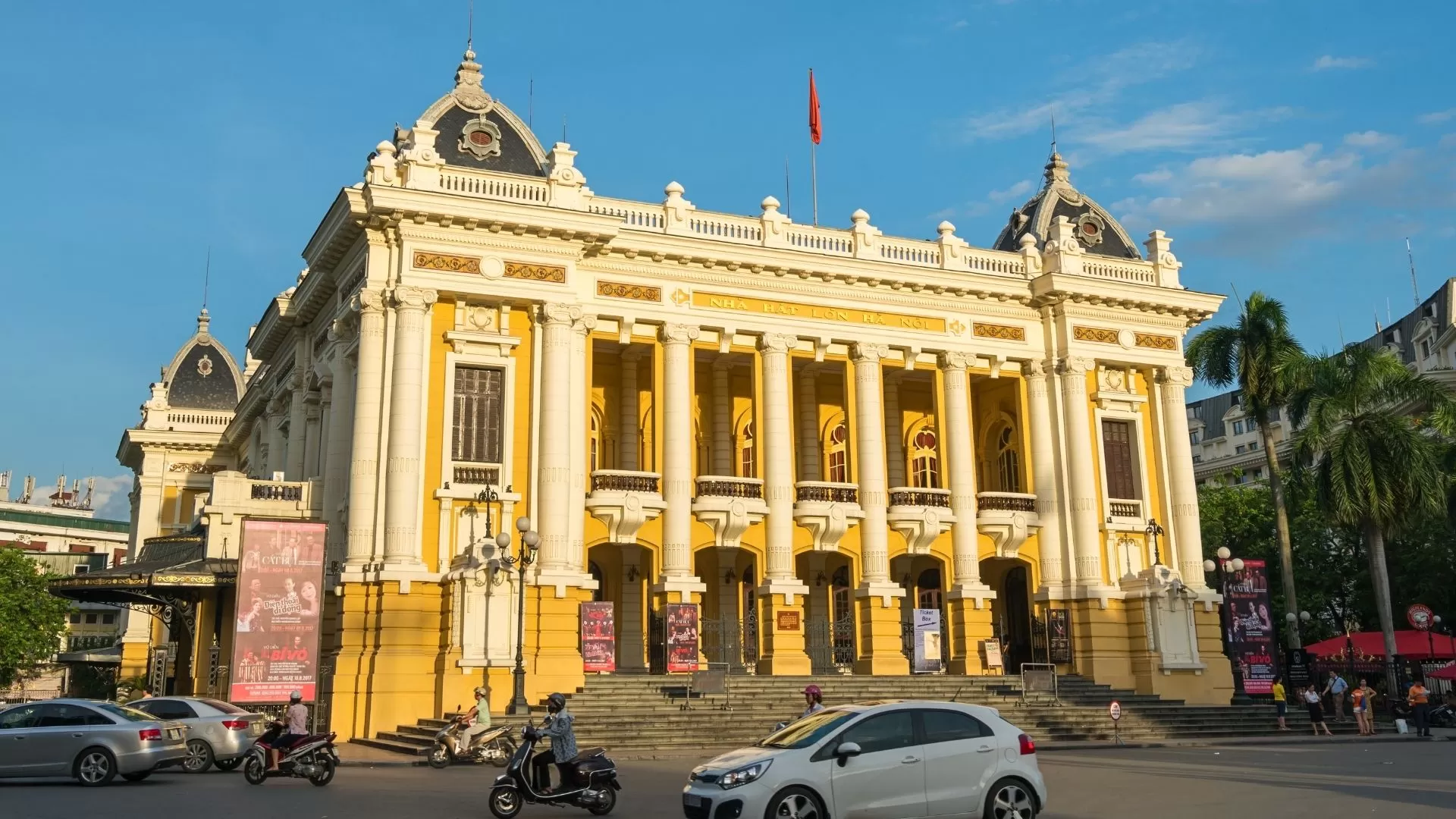
Begin your journey with a relaxing cyclo ride through the tree-lined streets of the colonial quarter. It’s a perfect way to ease into the rhythm of the city while soaking up its elegance and heritage.
Highlights of the day:
Stroll along the shaded boulevards of the French Quarter
Admire Hoan Kiem Lake and visit Ngoc Son Temple
Wander through the Old Quarter, exploring the iconic 36 guild streets like Hang Gai, the silk street
On foot, discover remarkable colonial-era buildings such as the Sofitel Legend Metropole, the Hanoi Opera House (exterior view), and the State Bank of Vietnam
Enjoy the authentic energy of Hanoi’s historic heart
Day 2 – Dive deeper into Hanoi’s culture and flavors
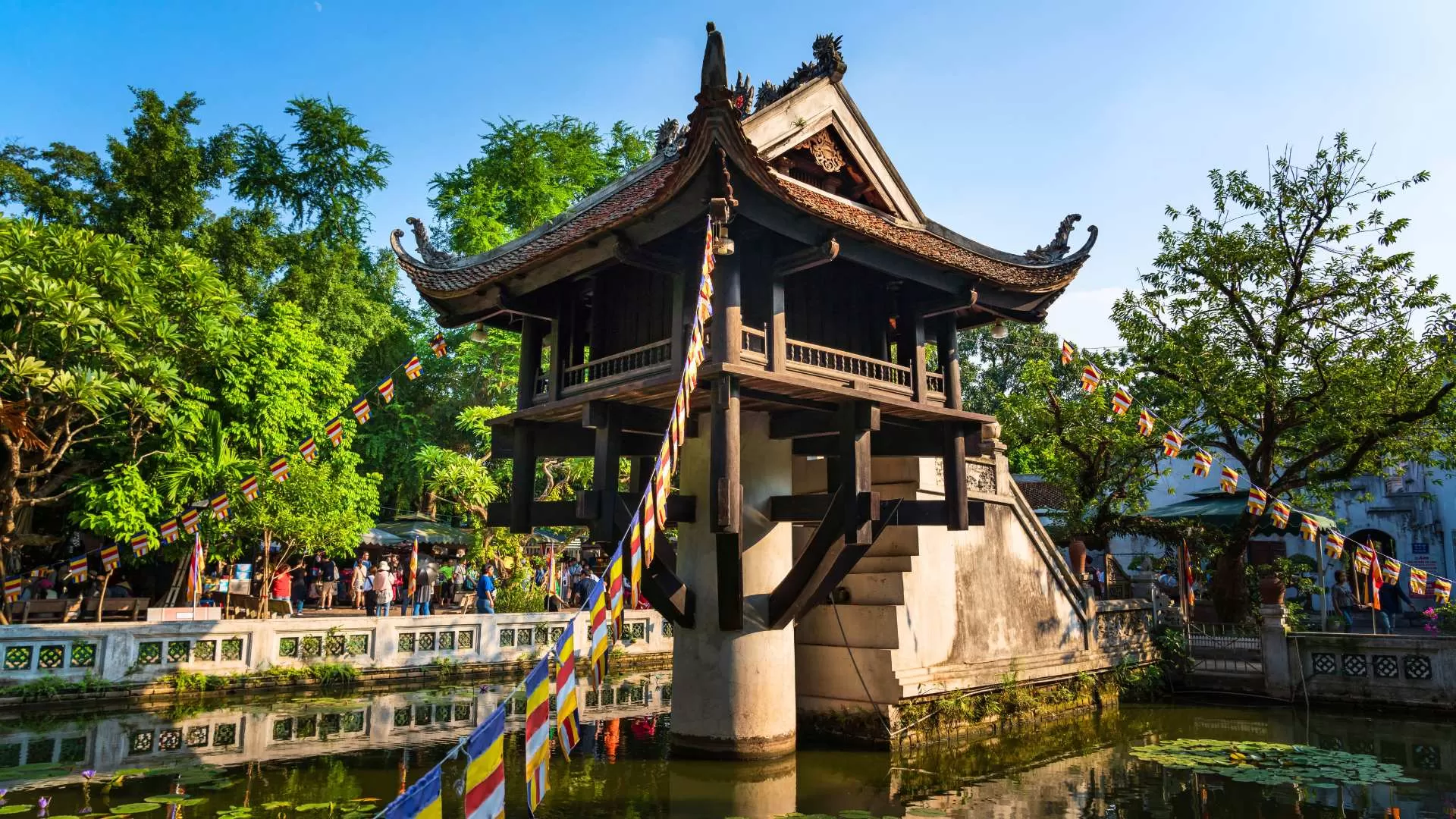 |  | 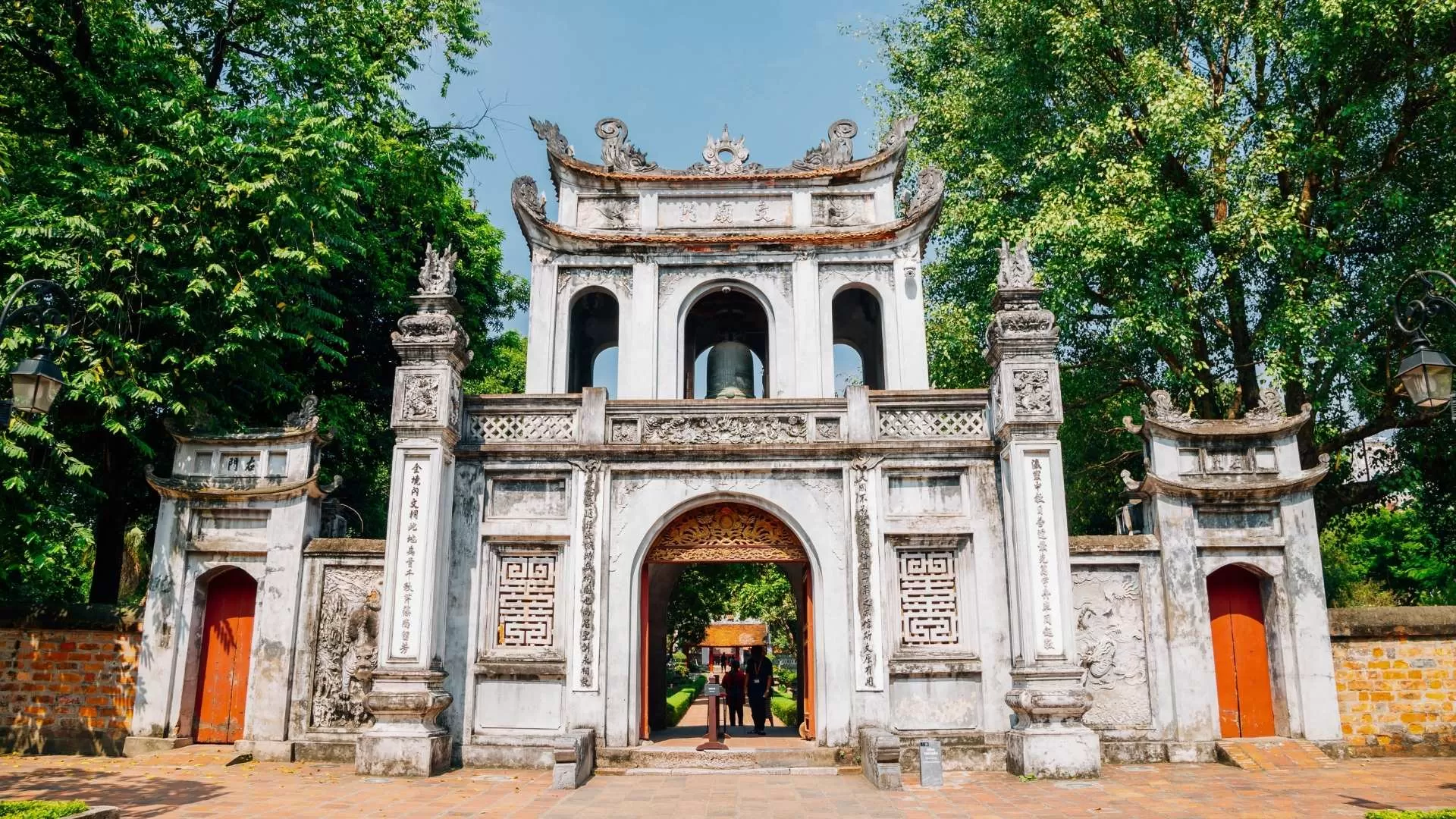 |
|---|---|---|
| One Pillar Pagoda | Tran Quoc Pagoda | Quan Thanh Temple |
Your second day offers a customizable itinerary with your guide, perfect for exploring Hanoi’s iconic cultural sites and traditional flavors at your own pace.
Choose from these must-see attractions:
Ho Chi Minh Mausoleum, a symbol of Vietnam’s revolutionary past
The charming One Pillar Pagoda, one of the country's spiritual icons
Quan Thanh Temple and Tran Quoc Pagoda, located along the tranquil West Lake
Temple of Literature, Vietnam’s first university and a tribute to Confucius
Vietnam Museum of Ethnology, showcasing the rich tapestry of Vietnam’s 54 ethnic groups
The world-famous Train Street, where trains pass through a narrow residential alley
Lunch suggestions:
Quan An Ngon Restaurant: sample a variety of Vietnamese dishes in a vibrant courtyard setting.
Or savor Banh Cuon, soft rice pancakes filled with minced pork and mushrooms, served with pâté and dipping sauce.
Evening activity:
- Attend a Water Puppet Show at Thang Long Theatre—a uniquely Vietnamese performance combining music, storytelling, and puppetry over water.
Optional add-on:
- Visit a traditional lacquer workshop to witness the intricate process of lacquer painting with mother-of-pearl and eggshell inlays.
Day 3 – Visit ancient villages and pagodas
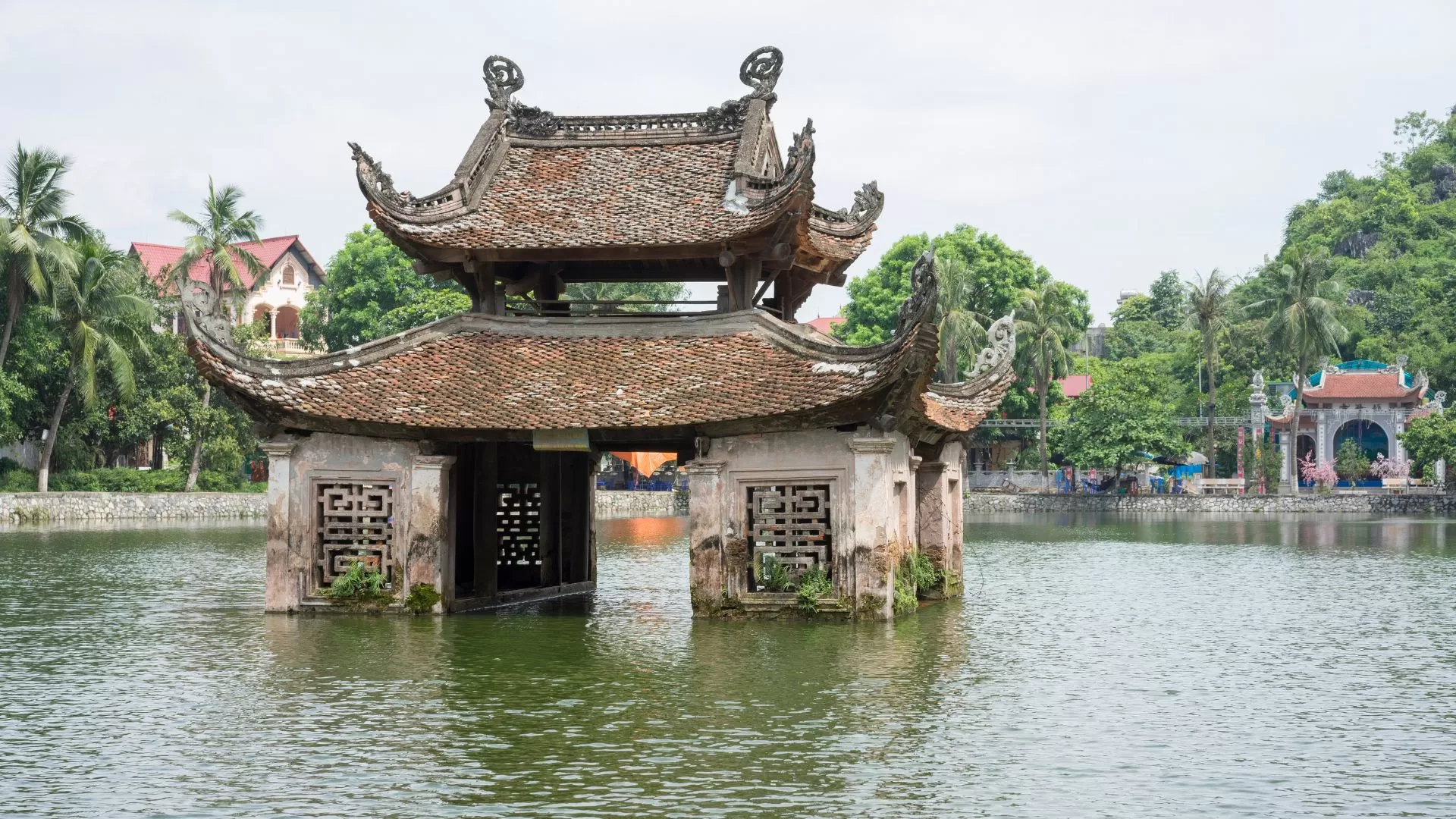 | 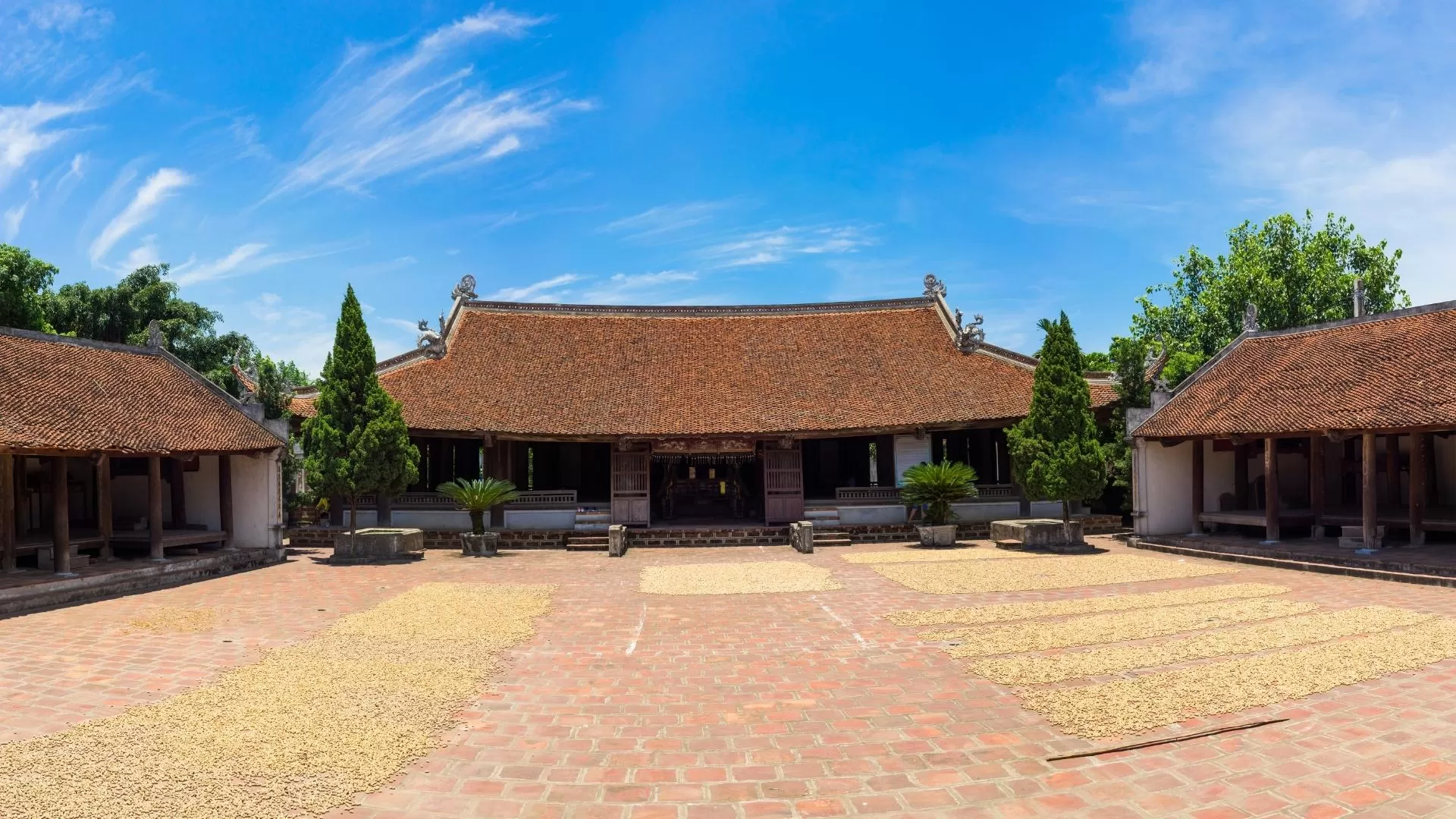 |
|---|---|
| Thay Pagoda | Duong Lam Ancient Village |
Escape the city for a journey into Vietnam’s rural heartland. Just 2.5 hours from Hanoi, this day offers tranquility, history, and deep cultural connections.
Highlights:
Explore Duong Lam Ancient Village
Admire centuries-old laterite houses, ancient village gates, communal wells, and peaceful temple courtyards.
Enjoy a traditional Vietnamese lunch in a local home and meaningful interactions with the villagers.
Visit two historical Buddhist sites:
Thay Pagoda, nestled at the base of a mountain, known for its scenic beauty and traditional water puppet roots.
Tay Phuong Pagoda, famous for its exquisite wooden statues and ancient hilltop architecture.
Day 4 – Explore Hanoi’s traditional craft villages
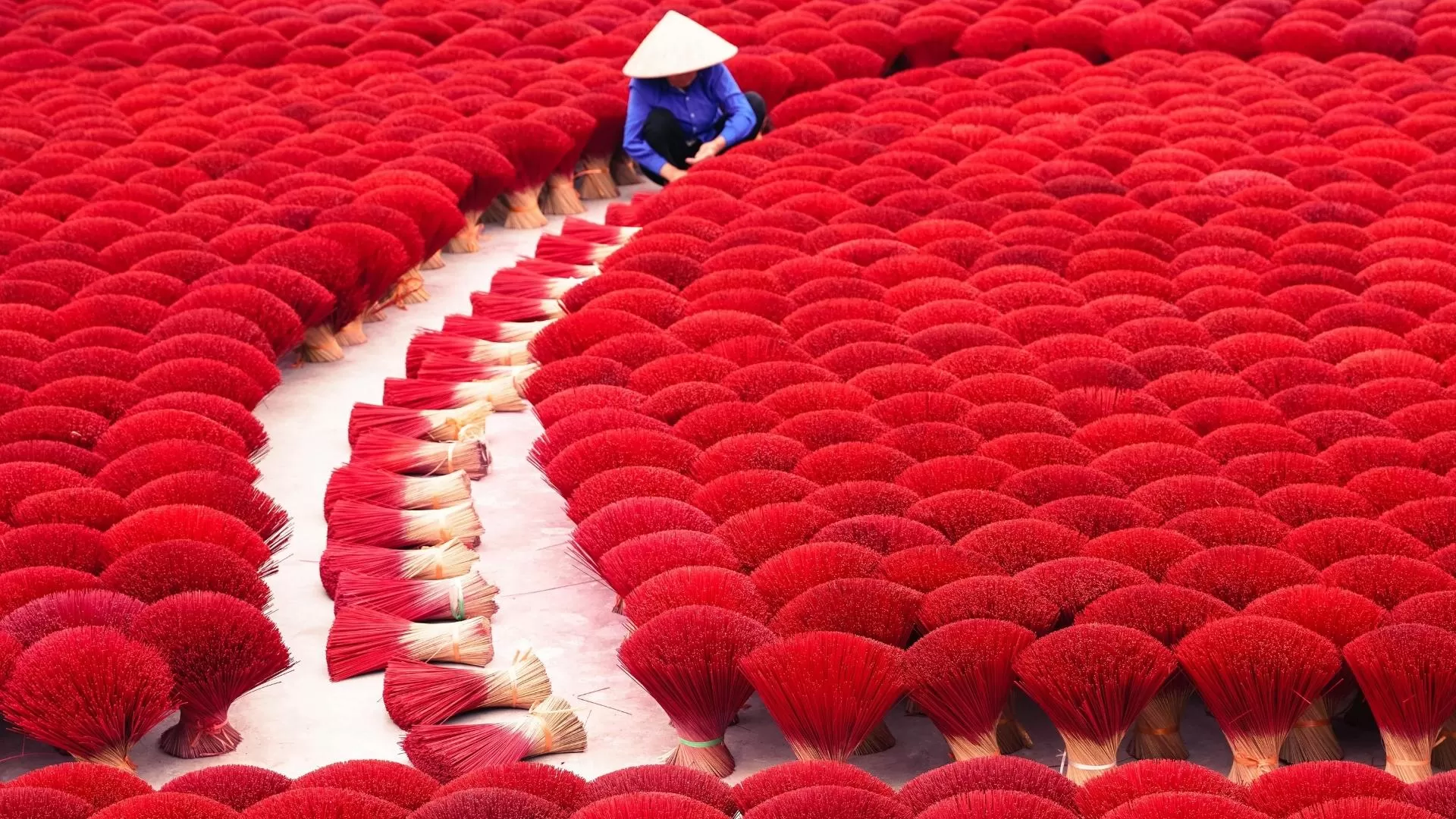 | 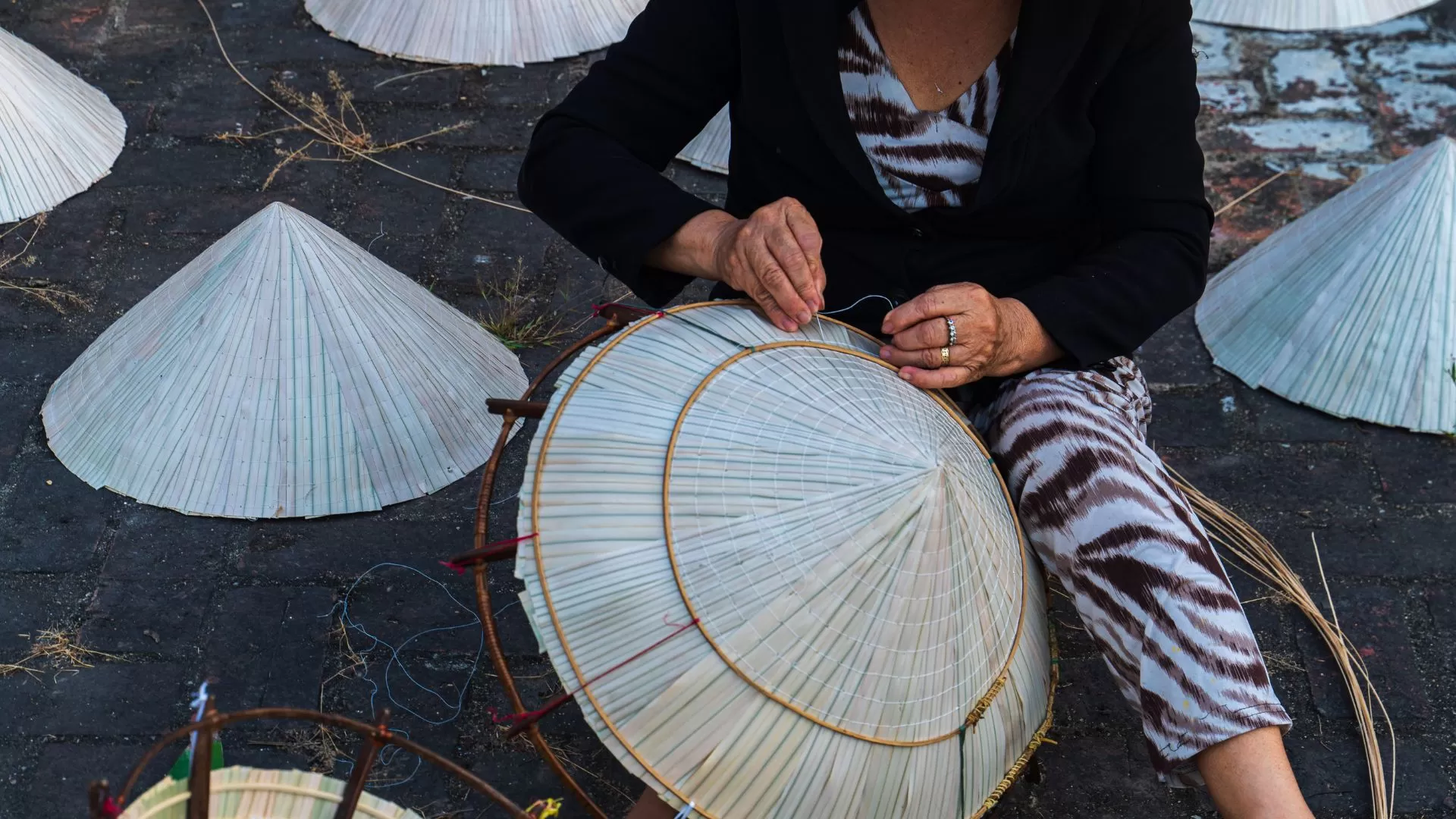 | 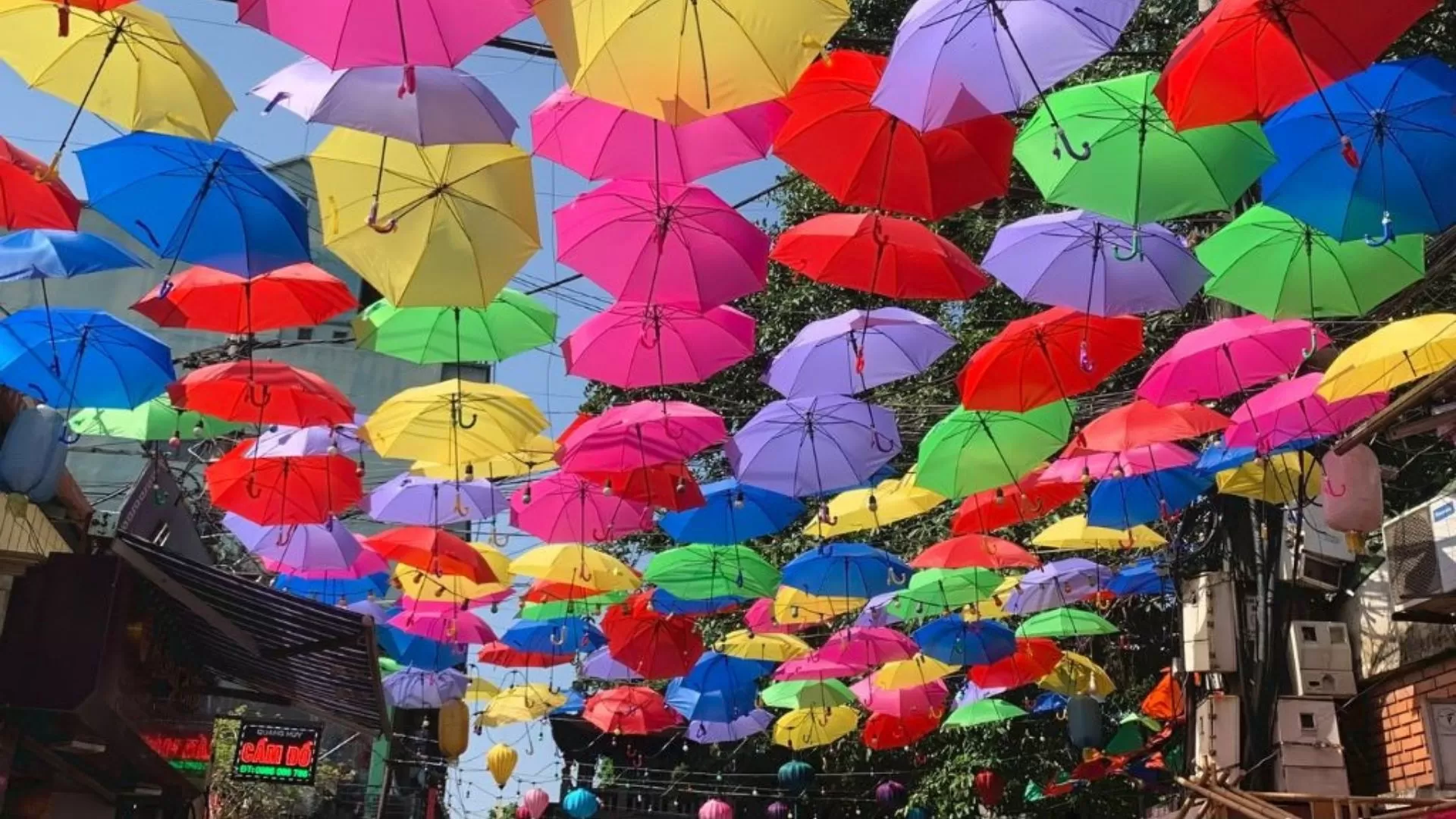 |
|---|---|---|
| Quang Phu Cau Incense Village | Chuong Village | Van Phuc Silk Village |
Wrap up your Hanoi itinerary by delving into the region’s rich artisanal heritage with visits to nearby villages that keep centuries-old crafts alive.
Suggested visits:
Quang Phu Cau Incense Village: A mesmerizing destination where bundles of colorful incense sticks are laid out to dry—a visual and cultural feast.
Chuong Village: Home to generations of artisans crafting the traditional Vietnamese non la (conical hat).
Van Phuc Silk Village: The most renowned silk-producing village in Vietnam, where you can observe the weaving process and shop for high-quality silk directly from the source.
👉 Ready to explore the best of Hanoi? Let Hanoi Voyages craft a fully customized itinerary tailored to your pace and interests. Contact us now and start planning your unforgettable journey to Vietnam!
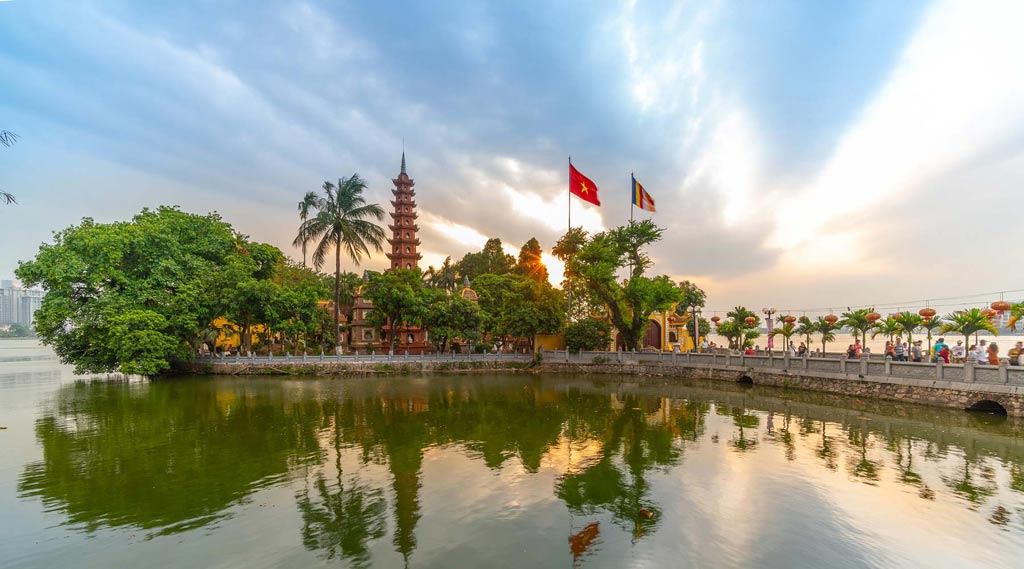 | 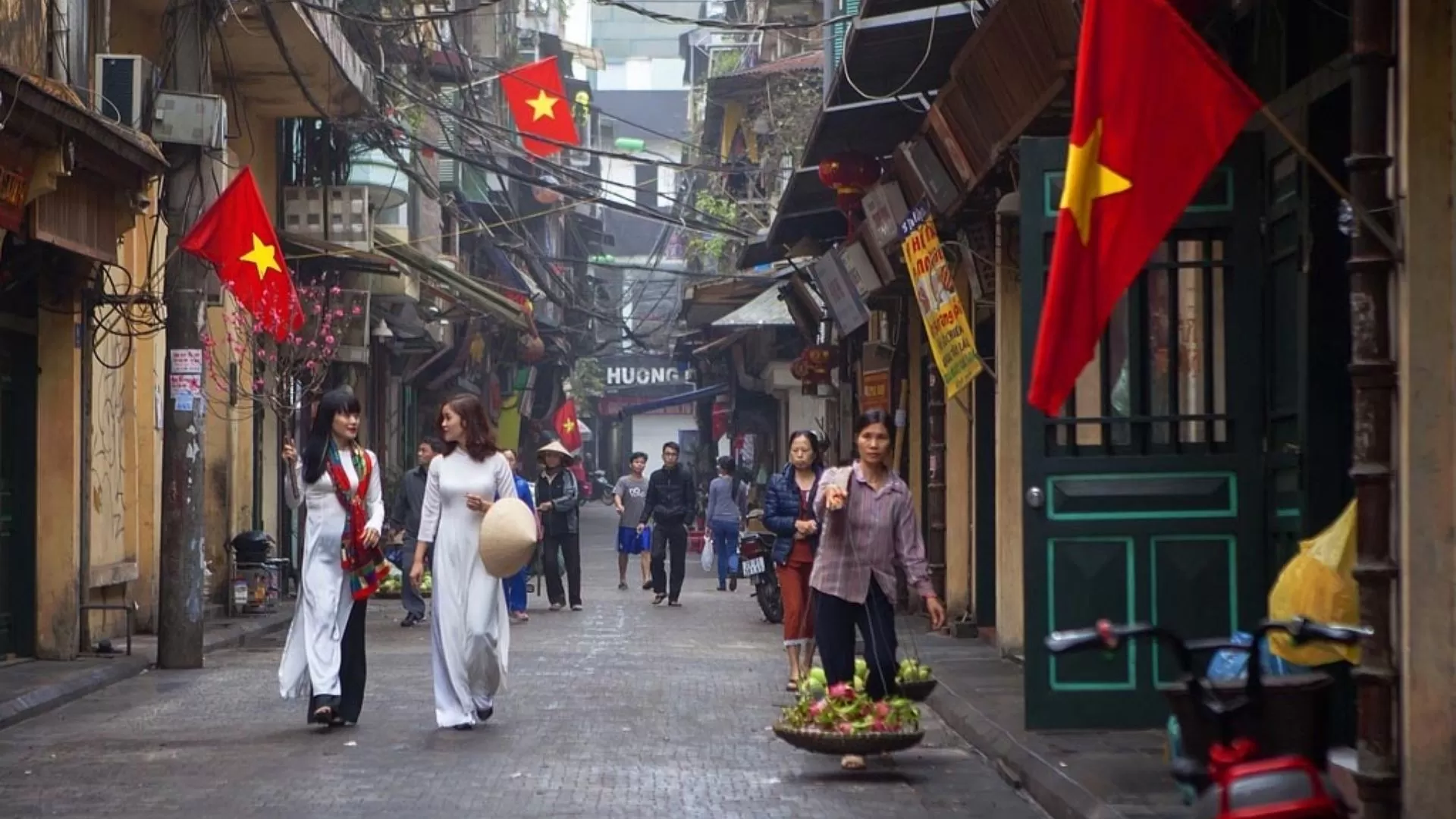 | 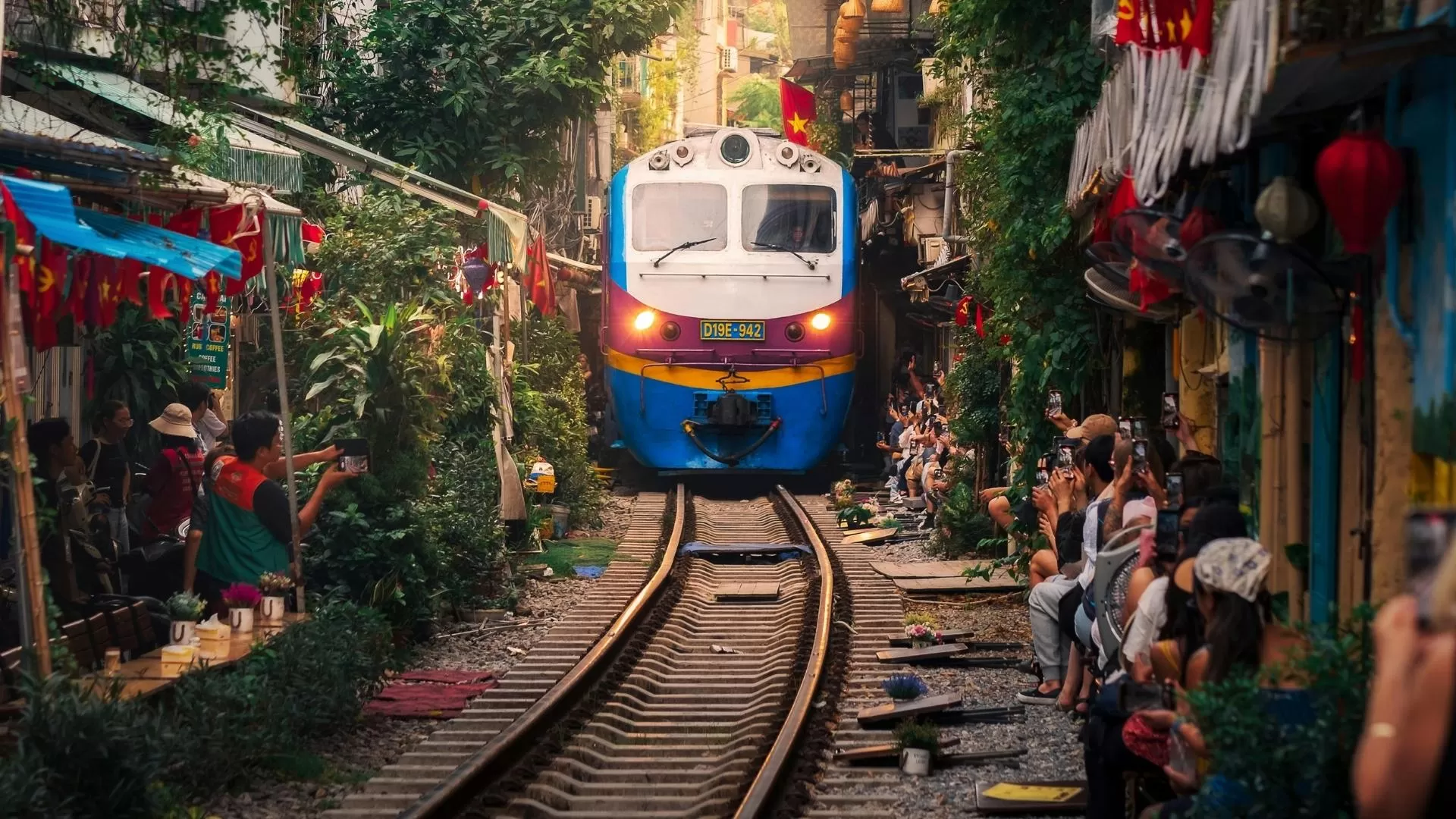 |
|---|---|---|
High-end North Vietnam tour 12 days Featuring a seaplane ride over stunning Halong Bay and luxurious regional experiences | Discover UNESCO sites and the stunning Pu Luong Reserve. Enjoy a diverse adventure that's perfect for all ages | Exploring Halong Bay, Phong Nha, the Mekong Delta, and more. Experience culture, adventure, and breathtaking landscapes! |
Hanoi travel costs: What to expect for your trip
If you're planning a Hanoi travel itinerary, it’s helpful to get a clear idea of the expected costs. Hanoi is a vibrant city where travelers of all budgets can find great value.
For most travelers, daily expenses average around $200, which includes comfortable accommodation, meals at local eateries, entrance fees to major sights, and local transportation. Of course, your spending will vary depending on your travel style.
Those opting for mid-range to luxury experiences—like boutique hotels and private guided tours—can expect to pay more.
By planning your trip carefully – from places to visit, to specialties to taste, to the budget to plan for – you will fully enjoy everything Hanoi has to offer.
Hanoi travel tips: What you should know before your trip
Planning to visit Hanoi? To make the most of your experience, it’s helpful to know a few practical tips. From packing essentials to how to get around Hanoi, this guide will prepare you for a smooth and enjoyable journey.
Pack smart for Hanoi’s weather
Clothing: In the hot summer months, lightweight and breathable outfits are a must. During the cooler winter season, especially from December to February, bring warm layers. If you’re traveling during the rainy season, a compact umbrella or raincoat will come in handy.
Footwear: Hanoi is best explored on foot, especially in the Old Quarter, so pack comfortable walking shoes or sandals.
Sun Protection: Sunscreen and sunglasses are essential, particularly during sunny summer days.
Health Kit: Bring along personal medication and basic first-aid supplies for peace of mind.
How to get around Hanoi efficiently
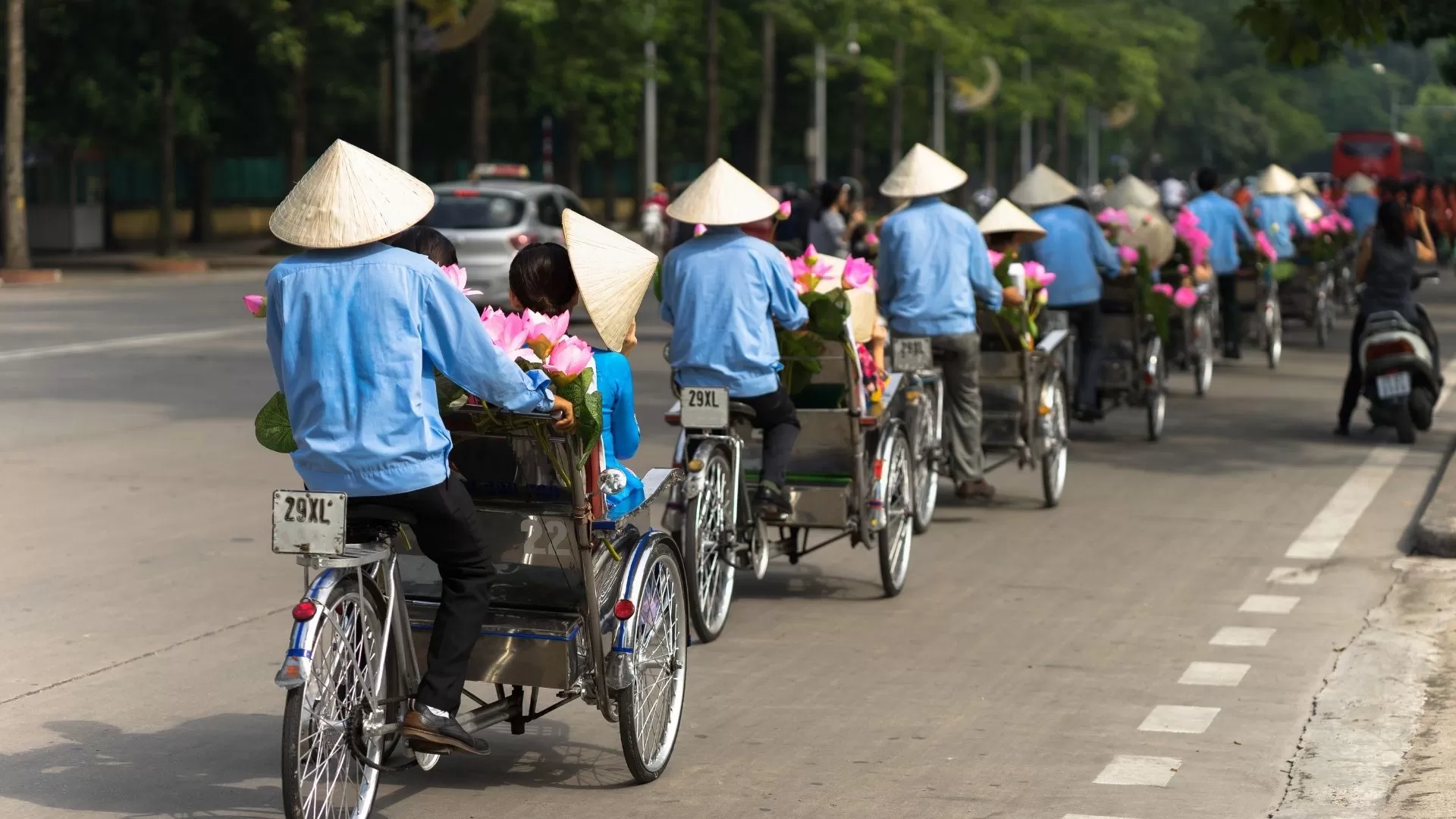
Walk around the Old Quarter: The best way to discover hidden alleys, local markets, and historic sites. Ideal for short distances and authentic street views.
Motorbikes: The most common mode of transportation in Hanoi, but traffic can be chaotic. Only ride if you're confident and experienced.
Ride-hailing apps: Use services like Grab, Be, or Xanh SM for safe and affordable rides without language barriers.
Taxis: Stick to reputable taxi companies such as Mai Linh or G7 to avoid scams.
Cyclo rides: A unique and relaxing way to enjoy Hanoi’s old streets, especially around Hoan Kiem Lake and the French Quarter. Great for first-time visitors.
Crossing the street: Walk slowly and steadily. Don’t run—drivers will adjust their route to avoid you, as long as your movement is predictable.
You can also read: Transportation in Vietnam: Best options for getting around
Shopping & bargaining advice
Local markets such as Dong Xuan Market, Hang Da Market, or the weekend Night Market are great for souvenir hunting. Bargaining is common, so start by offering about half of the asking price and negotiate from there. In contrast, fixed-price stores don’t allow haggling, so check the signs carefully. Do a bit of research in advance to avoid overpaying for popular items.
Respecting local customs
When visiting temples or pagodas, dress modestly—shoulders and knees should be covered.
Avoid pointing directly at people; it can be considered impolite.
Use both hands when giving or receiving something as a sign of respect.
Lastly, keep Hanoi clean by disposing of trash properly.
Whether you're drawn to vibrant street food, ancient temples, or the charm of craft villages, a journey to Hanoi promises unforgettable moments at every turn. With the right planning, your experience will be both enriching and seamless.
Ready to visit Hanoi and dive into its timeless beauty?
Let Hanoi Voyages guide you every step of the way for a stress-free, personalized travel experience.
Dream about your trip to Asia, in private
We are here to make it happen with youFREE QUOTE, WITHOUT OBLIGATION







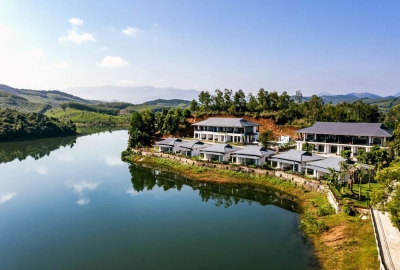
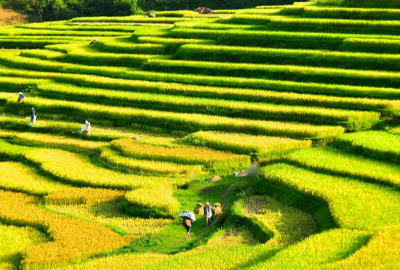

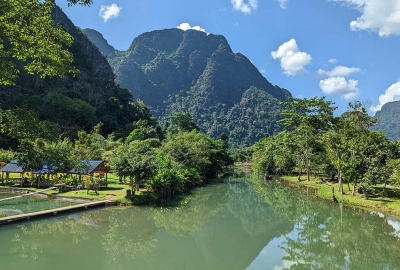
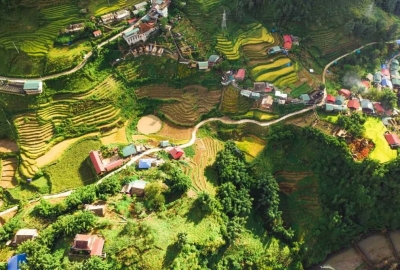
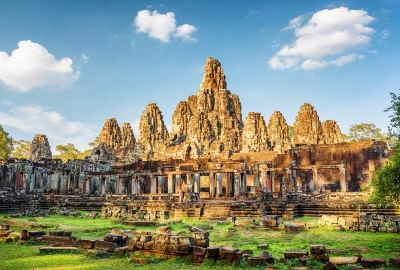
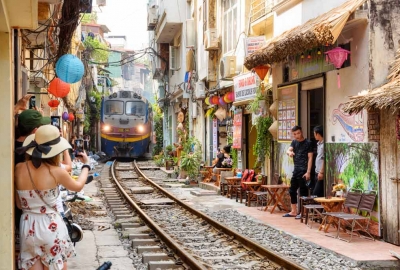
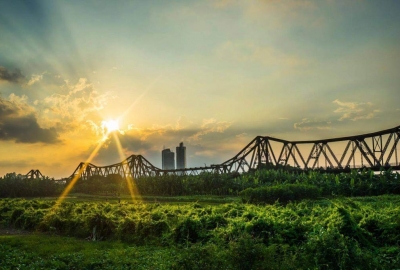
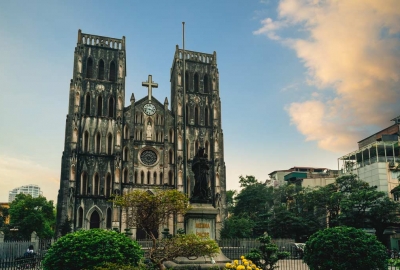
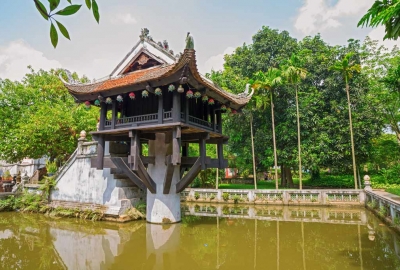
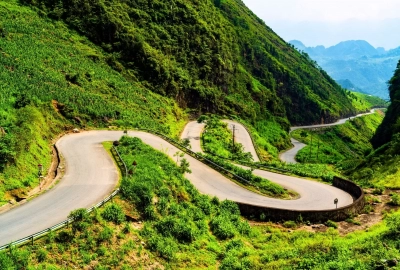
.webp)


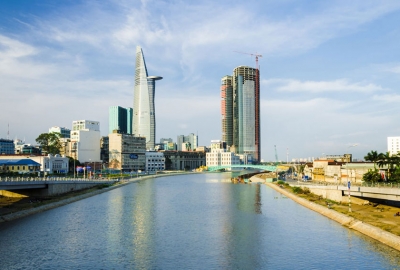
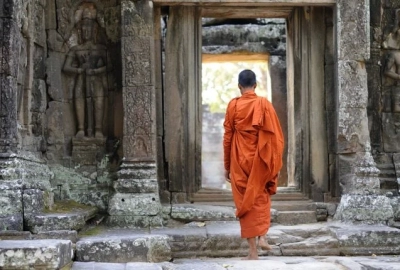

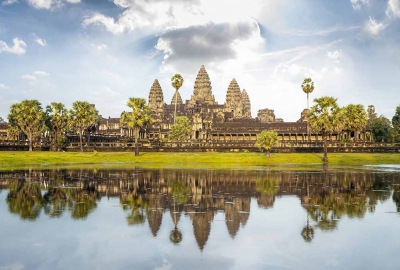
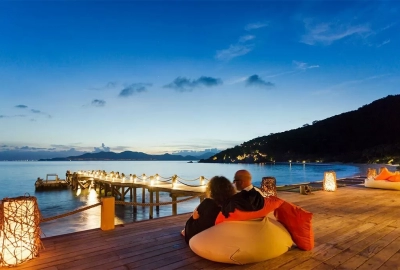

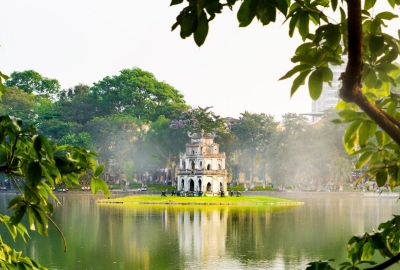

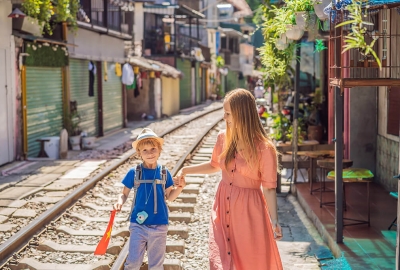


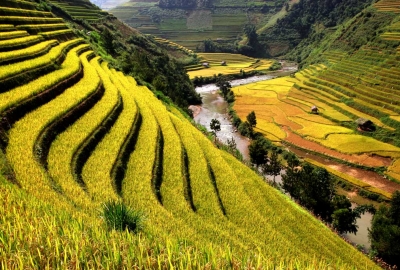
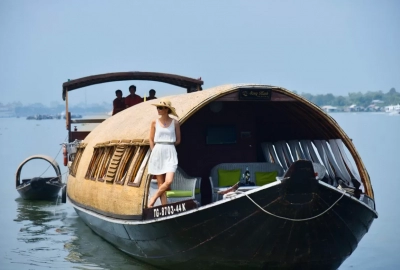
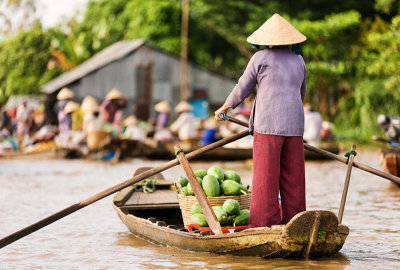
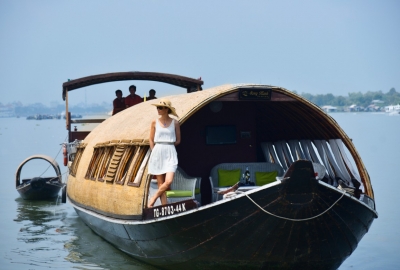

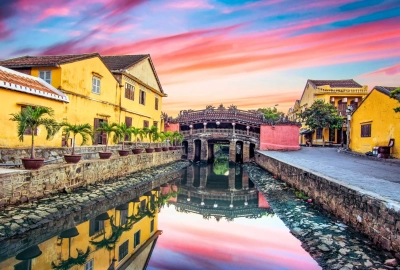
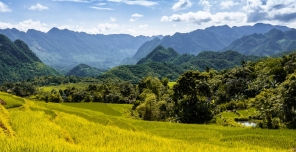
.webp)

